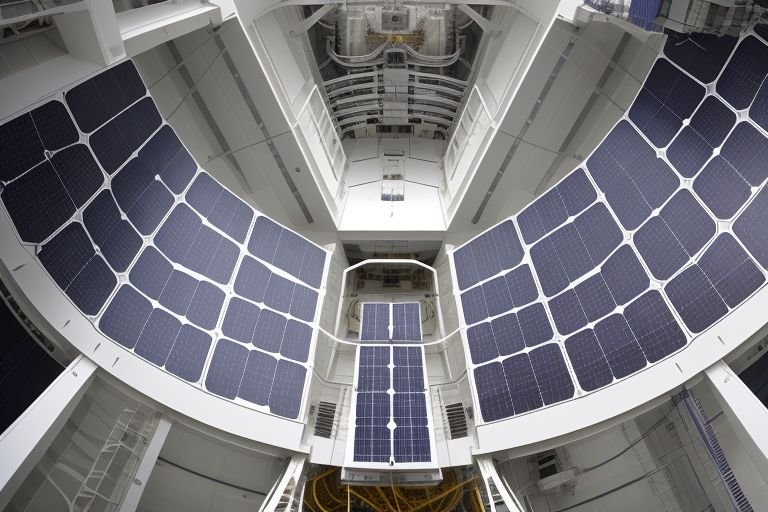The exploration of deep space has always been a topic of fascination and intrigue for scientists, researchers, and space enthusiasts alike. As we continue to push the boundaries of our knowledge and capabilities, innovative technologies are emerging to make these ambitious missions possible. One such groundbreaking development is the advent of solar sails. These sails, propelled by the power of sunlight, are poised to revolutionize how we travel through the cosmos.
The Concept of Solar Sails
Solar sails are a form of spacecraft propulsion that utilizes the radiation pressure exerted by sunlight to move a craft through space. This concept, while seemingly futuristic, is rooted in a principle that dates back to the early 17th century when Johannes Kepler first observed comet tails being pushed away from the Sun. It wasn’t until the 20th century that scientists began seriously considering the practical applications of this phenomenon.
How Solar Sails Work
Solar sails function by capturing photons from the Sun. When these photons strike the sail, their momentum is transferred to the sail, generating a small but continuous thrust. Over time, this thrust can accelerate the spacecraft to incredible speeds, making long-distance space travel more feasible. The sails are typically made from ultra-thin, highly reflective materials such as Mylar or Kapton, which maximize their ability to harness solar radiation.
Advantages of Solar Sails
The primary advantage of solar sails is their ability to provide continuous propulsion without the need for fuel. Traditional chemical rockets are limited by the amount of fuel they can carry, which significantly restricts their range and duration. In contrast, solar sails can theoretically operate indefinitely, as long as they remain within the reach of a star’s light. This makes them ideal for deep space missions, where refueling is not an option.
Recent Developments and Tests
In recent years, several organizations have made significant strides in the development and testing of solar sails. One of the most notable achievements came from The Planetary Society with their LightSail project. Launched in 2015, LightSail 1 demonstrated the viability of solar sail technology in Earth orbit. Building on this success, LightSail 2 was launched in 2019 and successfully demonstrated controlled solar sailing.
Another groundbreaking project is NASA’s Near-Earth Asteroid Scout (NEA Scout), which aims to use a solar sail to travel to and study a near-Earth asteroid. Scheduled for launch with the Artemis I mission, NEA Scout will be one of the first interplanetary missions to utilize solar sail propulsion.
Potential Applications
The potential applications of solar sails extend far beyond simple propulsion. One exciting possibility is their use in space debris removal. With the growing amount of debris in Earth’s orbit posing a significant threat to satellites and space stations, solar sails could be used to gently push debris into the atmosphere, where it would burn up upon reentry.
Solar sails could also play a crucial role in interstellar missions. The continuous acceleration provided by solar sails makes them an attractive option for missions to distant stars. Concepts such as Breakthrough Starshot envision using powerful lasers to propel miniature solar sail-equipped probes to nearby star systems, potentially allowing us to send spacecraft to other stars within a human lifetime.
Challenges and Future Prospects
Despite their promise, solar sails face several challenges that must be addressed before they can become a staple of space exploration. One major hurdle is the deployment and control of the sails. Solar sails must be incredibly large to capture enough sunlight for propulsion, which makes them difficult to deploy and control in the vacuum of space. Engineers are continually working on new methods to improve sail deployment and control mechanisms.
Another challenge is the durability of the sail material. The harsh environment of space, with its extreme temperatures and high levels of radiation, can degrade the materials used in solar sails. Advances in material science are essential to develop sails that can withstand these conditions over long durations.
As we stand on the brink of a new era in space exploration, solar sails offer a tantalizing glimpse into the future of deep space travel. With their potential to provide continuous, fuel-free propulsion, they represent a significant leap forward in our ability to explore the cosmos. While challenges remain, the progress made so far is promising, and the continued development of solar sails could unlock new possibilities for interplanetary and interstellar missions.




















+ There are no comments
Add yours